Curiosities of the Amazon Rainforest: The Lung of the Planet that Will Surprise You
Blog Sections
Curiosities of the Amazon Rainforest: The Lung of the Planet that Will Surprise You
The Amazon Rainforest, often called the “Lung of the Planet,” is a mysterious world full of extraordinary biodiversity, hidden cultures, and mind-blowing natural phenomena that continue to intrigue scientists and travelers alike.
The Amazon Produces 20% of the World’s Oxygen
Nicknamed the “Lung of the Planet,” the Amazon is responsible for generating about 20% of the Earth’s oxygen. However, this term can be misleading—since the forest’s vegetation absorbs almost as much oxygen as it produces through natural processes. Still, it plays a vital role in stabilizing the global climate by sequestering enormous amounts of carbon dioxide, making it crucial in combating climate change.
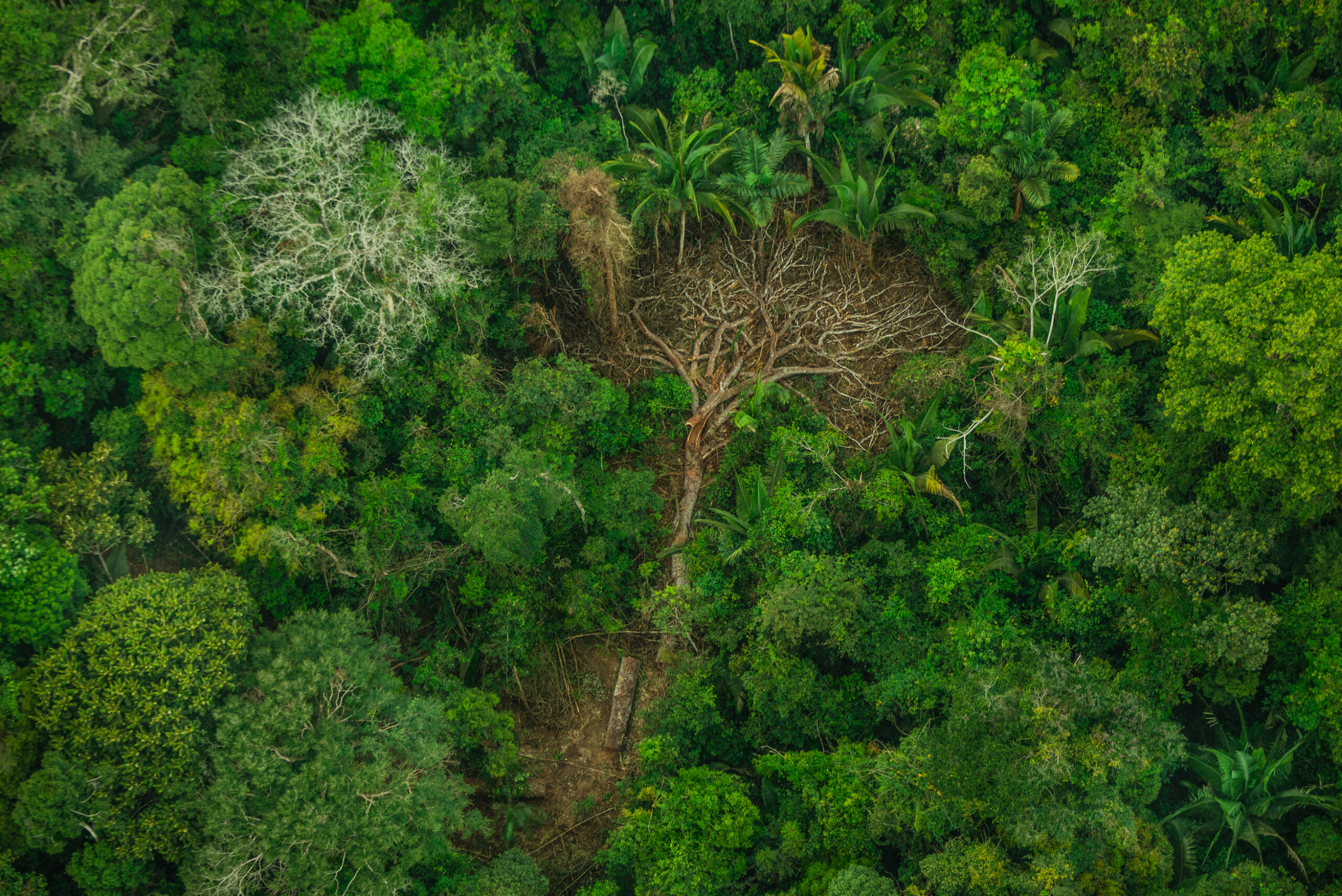
A Biodiversity Hotspot: More Species Discovered Every Year
The Amazon is home to more than 3 million species of plants and animals, with new species discovered regularly. This rich ecosystem includes jaguars, pink river dolphins, and poison dart frogs. Some trees in the forest reach heights of over 200 feet. Despite this vast biodiversity, many areas remain unexplored, leaving scientists eager to uncover the mysteries of uncharted regions.

The Amazon River: The Lifeblood of the Rainforest
The Amazon River is the second-longest river in the world, stretching over 7,000 kilometers (4,300 miles). With thousands of tributaries, it supplies around 20% of the world’s fresh water, making it the largest river system by volume. During the rainy season, the river swells to more than 30 miles wide, creating temporary wetlands that support an explosion of life. It is also home to fascinating creatures like the piranha, electric eel, and the elusive arapaima fish, one of the largest freshwater fish in the world.
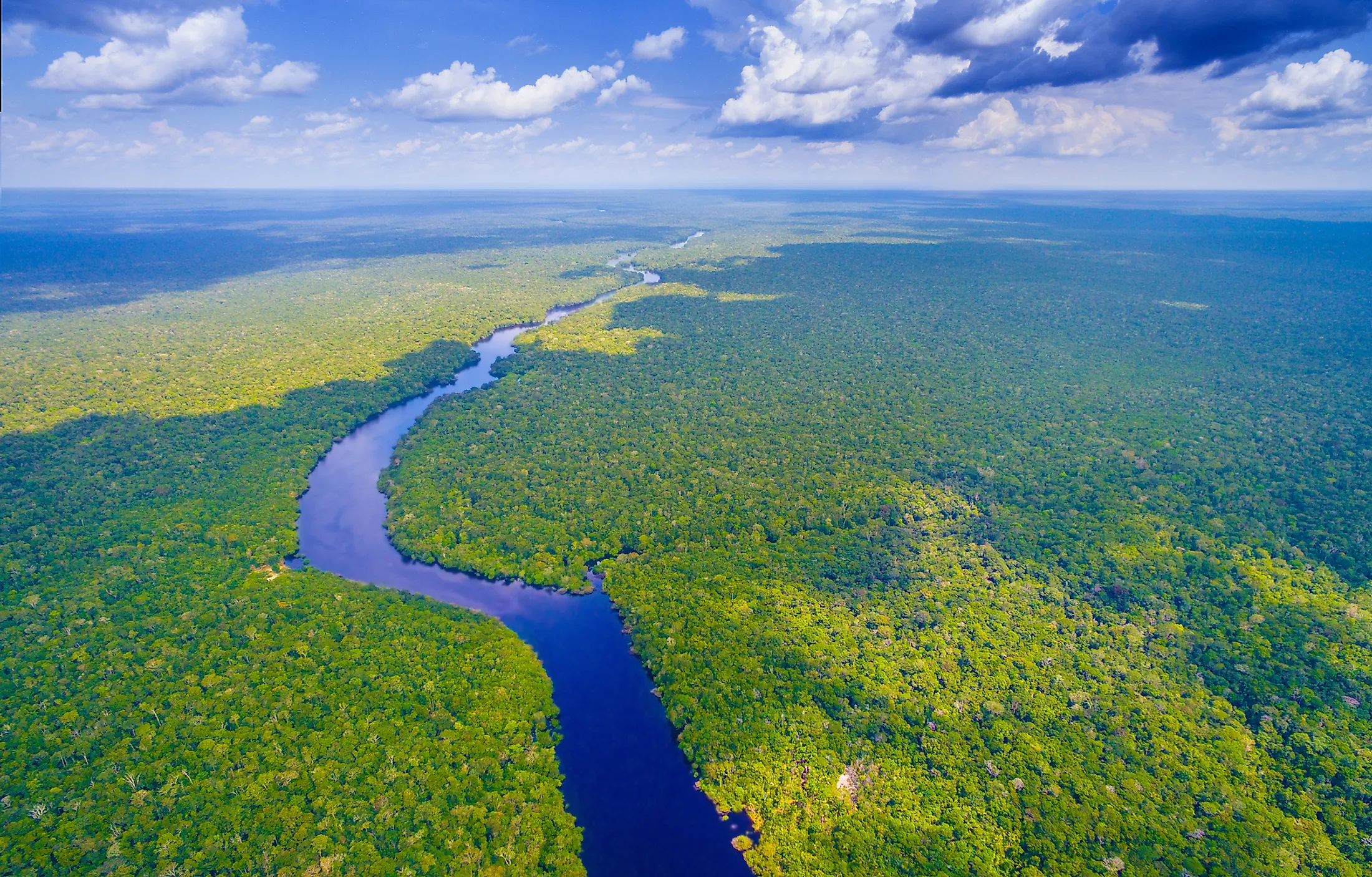
The Unseen World of Indigenous Tribes
The Amazon is not only a natural wonder but also a cultural sanctuary. It is home to approximately 400 Indigenous tribes, many of which have preserved ancient traditions passed down for millennia. Some tribes, like the Yanomami, live in remote regions with minimal contact with the outside world, while others remain uncontacted by choice. These Indigenous communities rely on the rainforest for food, medicine, and spiritual practices, embodying a deep connection with nature that is vital to their way of life.
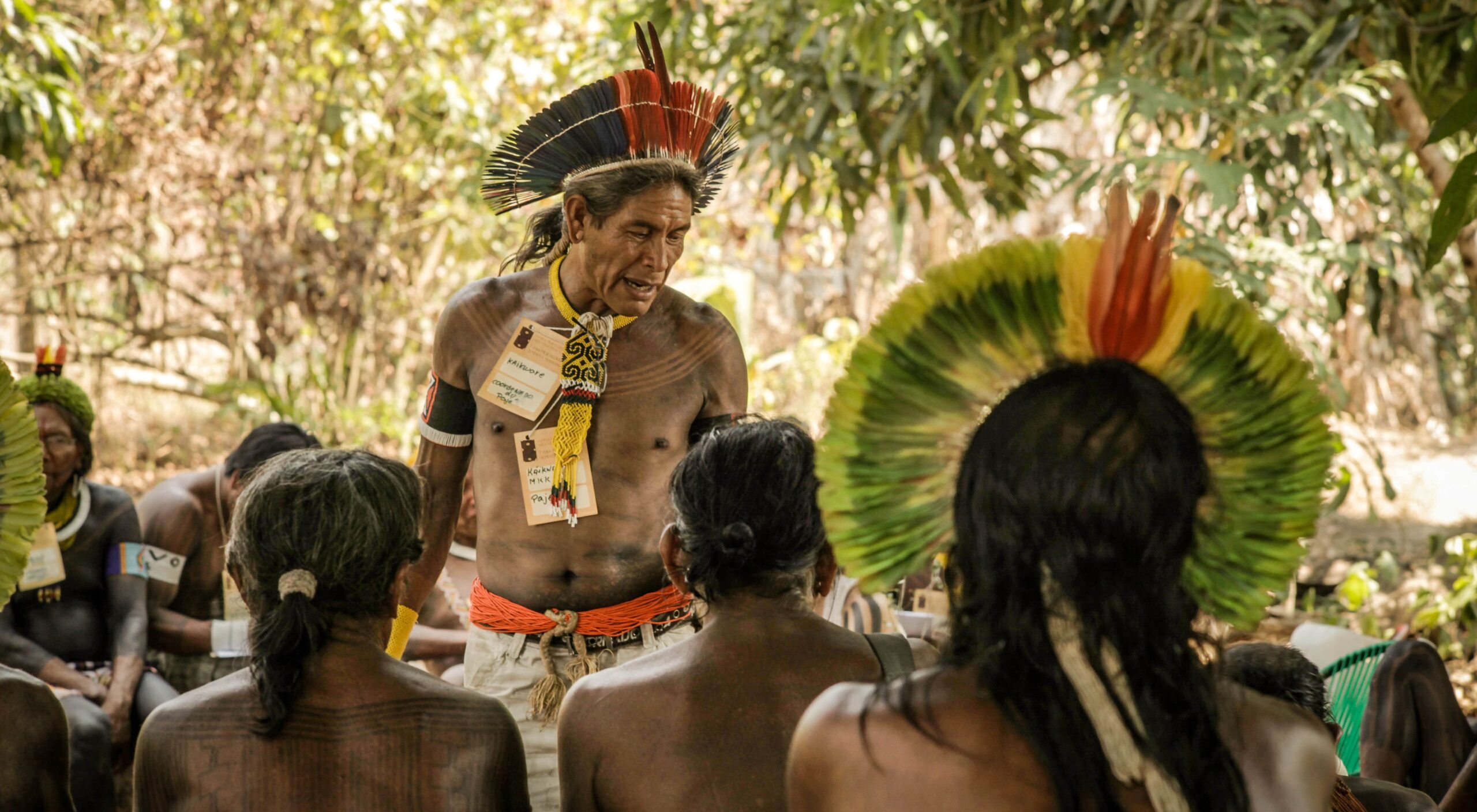
A Pharmacy Hidden in the Jungle
The Amazon has earned the nickname “Nature’s Pharmacy” for a good reason. Around 25% of Western medicines originate from rainforest plants, yet only a small fraction of its flora has been studied for medicinal purposes. Indigenous knowledge plays a crucial role in identifying the healing properties of plants. Some species, such as the cinchona tree, were essential in developing quinine, the first effective treatment for malaria. The potential for new medical breakthroughs within the Amazon is vast, making conservation efforts even more urgent.
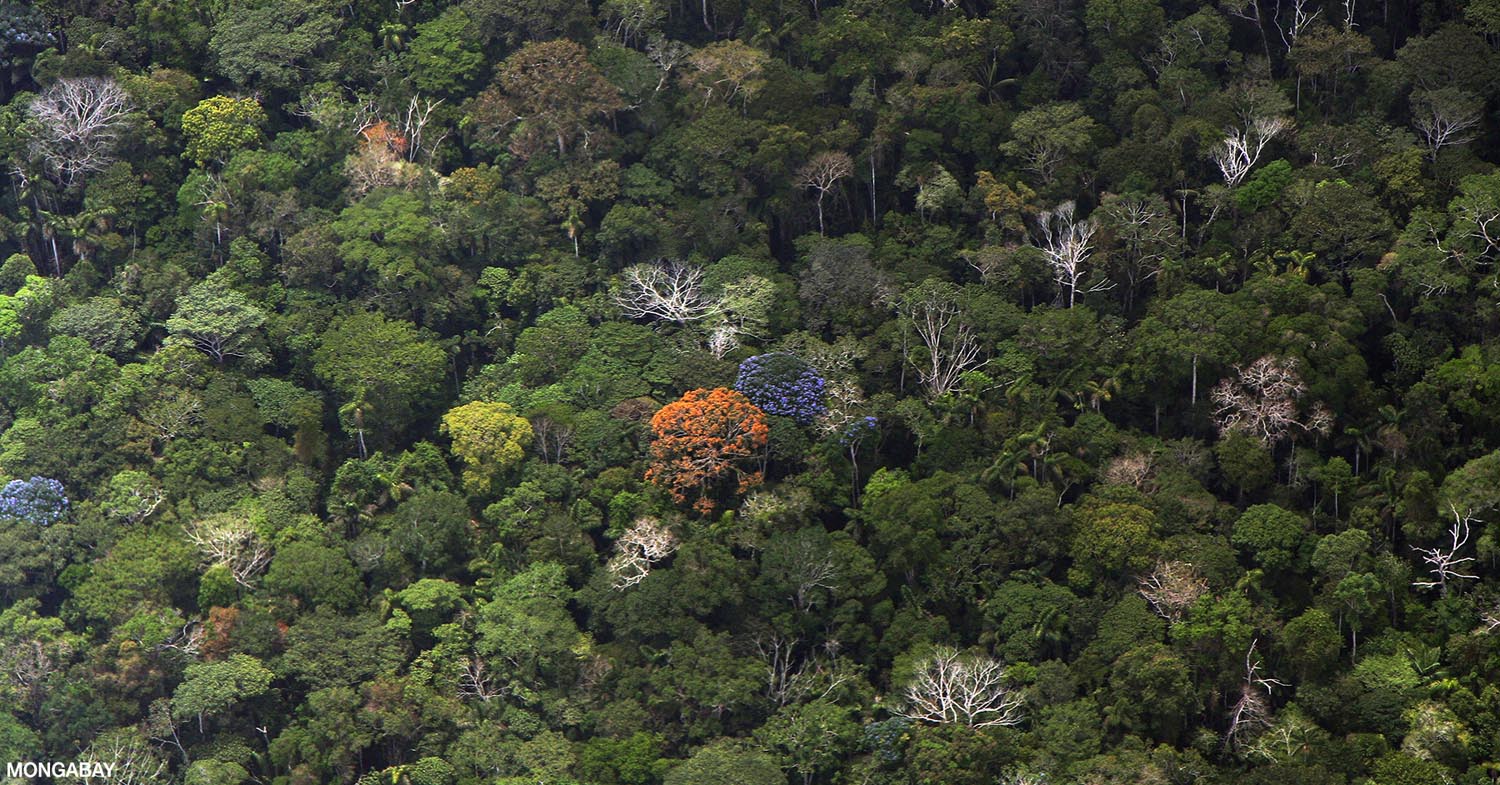
A Natural Lightning Show: The Mysterious “Catatumbo Lightning”
The Amazon Basin occasionally experiences one of the planet’s most spectacular natural phenomena—intense thunderstorms that bring the Catatumbo Lightning. This rare event occurs mainly in the Maracaibo region on the forest’s northern edge, producing thousands of lightning strikes each night without rain. These dramatic displays are believed to occur due to warm air currents interacting with the dense forest and water systems, creating an electrical storm like no other.

A Climate Regulator with an Uncertain Future
The Amazon’s dense canopy not only produces oxygen but also regulates rainfall across South America. The rainforest creates its own weather by generating massive amounts of moisture through a process called evapotranspiration—the release of water vapor from plants. This “flying river” of moisture travels across the continent, ensuring that agricultural regions in countries like Brazil and Argentina receive rainfall. However, deforestation and climate change threaten this delicate balance, risking droughts and disruptions to the global climate.

A Disappearing Wonder: Conservation Challenges
Despite its importance, the Amazon faces significant challenges. Deforestation for logging, agriculture, and mining has destroyed large sections of the forest, endangering countless species and Indigenous communities. Fires, both natural and human-caused, further threaten this ecosystem. Conservation efforts are in place, including sustainable tourism initiatives, reforestation projects, and protective measures led by Indigenous groups. Organizations around the world are working to preserve this global treasure, but the future of the rainforest depends on continued international cooperation.
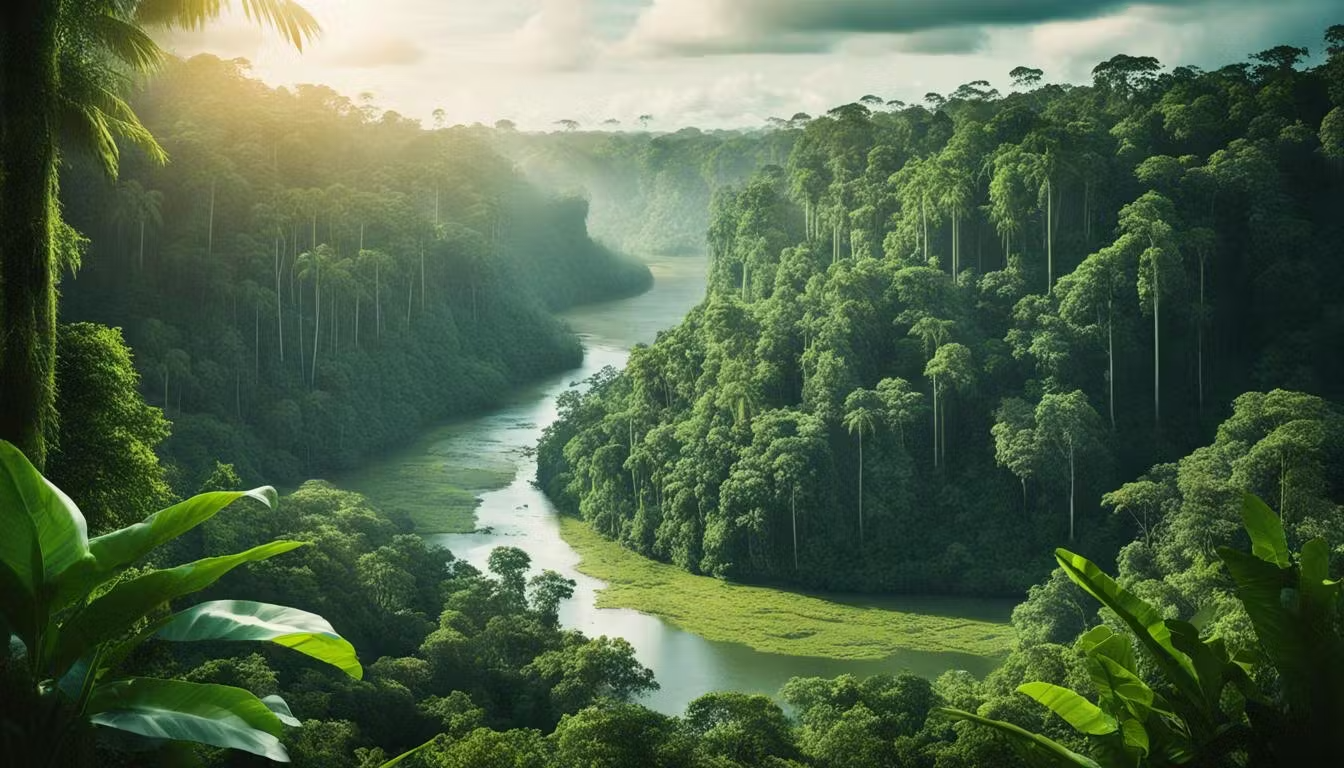
The Amazon Rainforest spans across multiple countries, including Brazil, Peru, Colombia, Venezuela, and Ecuador.
Visiting Hours: Open year-round, though the best time to visit is from May to October (dry season).

You may also be interested in
Corryvreckan whirlpool
Dive into one of the most breathtaking natural phenomena in…
Khara Khoto Ruins
Journey into the heart of the Gobi Desert and explore…
Waitomo Cave, North Island, New Zealand
Embark on an unforgettable journey through one of New Zealand’s…
Hotels in Manaus: Popularity
| Hotel | Stars | Discount | Price before and discount | Select dates |
|---|---|---|---|---|
| Intercity Manaus | ★★★★ | - | - | View hotel |
| ibis budget Manaus | ★★ | - | - | View hotel |
| Novotel Manaus | ★★★★ | - | - | View hotel |
| Quality Hotel Manaus | ★★★★ | - | - | View hotel |
| Express Vieiralves | ★★★ | - | - | View hotel |
| Blue Tree Premium Manaus | ★★★★ | - | - | View hotel |
| Seringal Hotel | ★★★ | - | - | View hotel |
| ibis Manaus Aeroporto | ★★★ | - | - | View hotel |
| Holiday Inn Manaus, an IHG Hotel | ★★★★ | - | - | View hotel |
| Local Hostel Manaus | - | - | View hotel |



